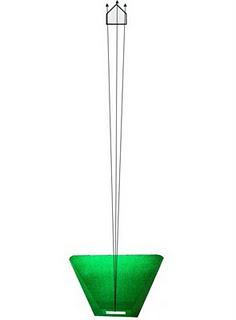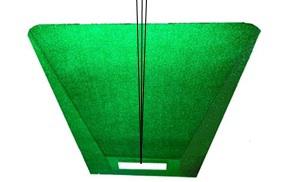When I talk to pitchers who struggle with location I generally pass on the following tip:
Drive your entire body to the location and the ball will follow.
 To better accomplish this, I’m big on teaching pitchers to pay attention to their lines. I tell them to focus on three lines. One line goes to the outside corner, another goes down the middle, and the third travels directly to the inside corner. I also point out that all three lines start at the same spot: the middle of the pivot foot that is positioned in front of the pitching rubber. From that spot, the lines proceed out towards home plate to their locations
To better accomplish this, I’m big on teaching pitchers to pay attention to their lines. I tell them to focus on three lines. One line goes to the outside corner, another goes down the middle, and the third travels directly to the inside corner. I also point out that all three lines start at the same spot: the middle of the pivot foot that is positioned in front of the pitching rubber. From that spot, the lines proceed out towards home plate to their locationsWhen a pitcher gets to his balance point with his lead knee raised and all his weight on his back leg, his center of gravity needs to travel down one of those lines. If he stays on that line from start to finish, the ball is more likely to follow that same path to the intended location. One mistake that many pitchers make is that they use the same line on every pitch and try to guide the ball to the different locations with just their arm. For example, a pitcher may intend to throw a pitch on the inside corner. The line that his center of gravity takes, however, may be directed down the middle or even to the outside corner. When this happens, the ball will tend to ”follow his weight” and miss out over the plate. Another mistake occurs when pitchers unknowingly change their line with every pitch. This usually results in a pitcher being very inconsistent in terms of his location. When he happens to follow the correct line, his pitch is right where he wants it. When he happens to travel on the wrong line, not so much.
 The biggest challenge in following the proper line and driving your weight towards the target is that there is not much room for error. The visual I include shows this. The three lines shown are very close together at the point where the landing foot hits the ground. As the visual shows, however, even a minor error in where the foot lands can have a big effect on where the pitch ends up.
The biggest challenge in following the proper line and driving your weight towards the target is that there is not much room for error. The visual I include shows this. The three lines shown are very close together at the point where the landing foot hits the ground. As the visual shows, however, even a minor error in where the foot lands can have a big effect on where the pitch ends up.Each pitcher will have to tinker with their lines to see which paths work best for them. The lines that I presented show the general concept. Varying degrees of movement on every pitchers’ fastball and breaking pitches along with where their pivot foot is positioned on the rubber all play a role in where each pitchers’ lines should be.

